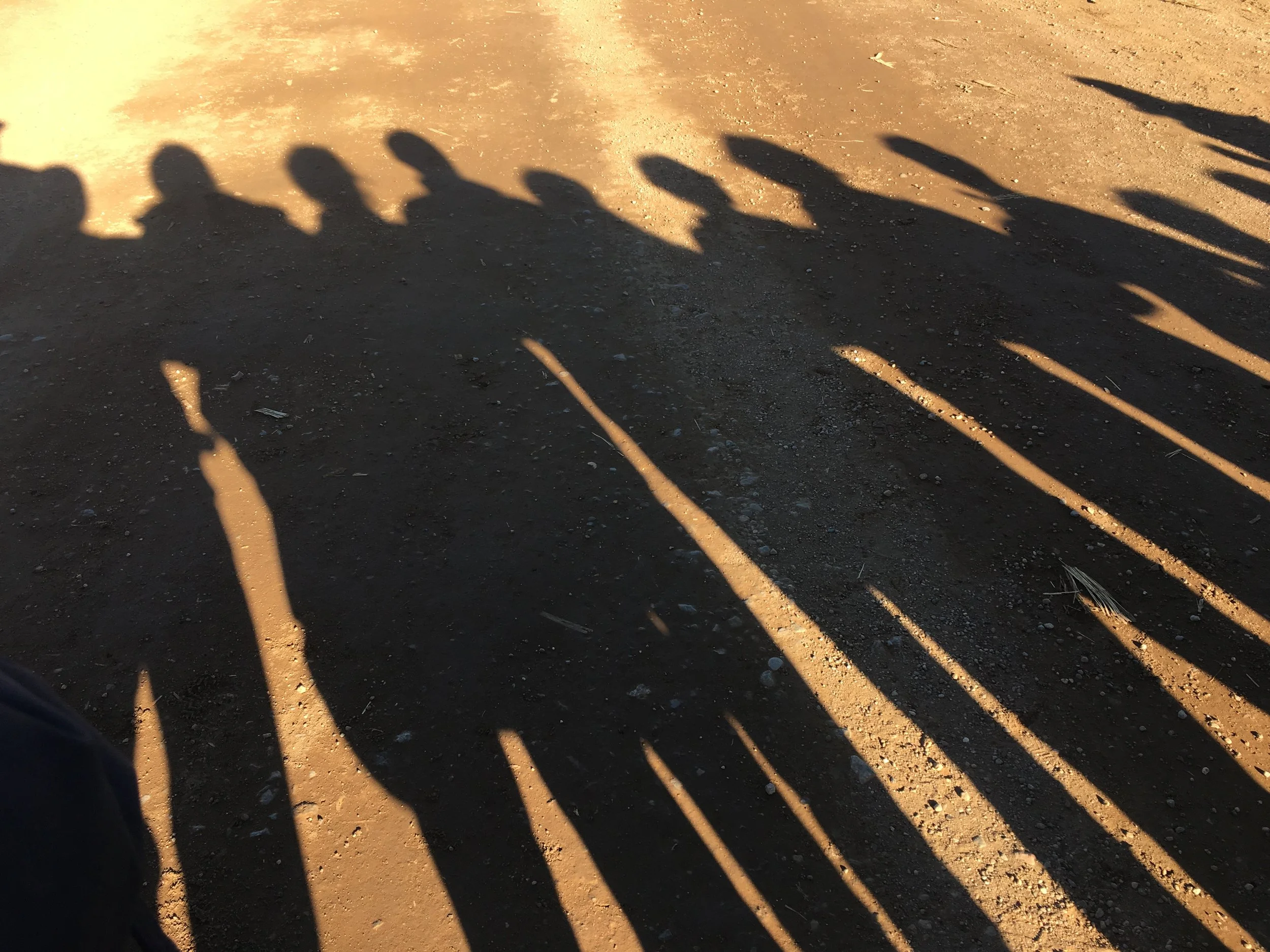The Supreme Court is currently considering a case brought by 10 California teachers that would put an end to compulsory union dues.
From an education standpoint, the question is essentially whether or not teachers unions can force teachers to pay union dues.
Harlan Erlich, one of the teachers suing his union, explained his position last week in a Wall Street Journal op-ed:
I was a member of the union for years and even served as a union representative. But the union never played an important role in my school. When most teachers sought guidance, they wanted help in the classroom and on how to excel at teaching. The union never offered this pedagogic aid.
Instead, the union focused on politics. I remember a phone call I received before a major election from someone in the union. It was a “survey,” asking teachers whether they would vote for so-and-so if the election were held tomorrow. I disagreed with every issue and candidate the union was promoting. After that conversation, I thought about what the union represents. Eventually, I realized that my dues—about $1,000 a year—went toward ideas and issues that ran counter to my beliefs.
So I opted out of paying the portion of union dues that is put toward political activities. The Supreme Court requires unions to provide this option, but I was surprised by how difficult this is. To opt out you have to resign from the union and relinquish all benefits—insurance, legal representation, maternity leave. Although you are prohibited from voting on any new contract, you are still forced to pay for the union’s collective bargaining, on the theory that the union negotiates for everyone.
But over time I’ve learned that the union’s collective bargaining is every bit as political. The union is bargaining for things I’d never support. For example, in my community, the union spends resources pushing for ever-higher teacher salaries. I’m in favor of a decent salary for teachers, but I think we are already well paid compared with everyone else in the Central Valley.
The area has endured hard times in the past few years. Parents of my students have been laid off, and many are still unemployed. Some have moved in with grandparents or other family members to stay afloat financially. Families struggle to make ends meet. That the union would presume to push, allegedly on my behalf, for higher salaries at the expense of smaller class sizes and avoiding teacher layoffs is preposterous.
The union also negotiates policies on discipline, grievances and seniority that make it difficult—if not impossible—to remove bad teachers. Over three decades I’ve seen my share of educators who should be doing something else. One example that sticks with me involved a colleague whom everyone, students and faculty, knew was incompetent. All on campus knew that he was biding his time until retirement.
These situations are sad. Students were relying on this teacher for an education, and he did not deliver. Yet he could do exactly as he pleased because the union had negotiated protections based on seniority. Sometimes the very teachers who shouldn’t be in the classroom are protected from layoffs thanks to seniority rules, while slightly younger but more competent colleagues are given the ax—again, thanks to collective bargaining.
This issue is far from one-dimensional, however. Union ideals have traditionally been linked to the liberal platform, and unions still have considerable support—and influence—within the Democratic Party, with pushback against unions often seen as an attack on the liberal agenda. Ben Spielberg, for instance, called the case as "a deceptive attack on organized labor."
The Republican Party, at least in recent years, has often been the more progressive party when it comes to education—especially in Washington State. So, any push against the teachers' union becomes an attack on the liberal institution of unions, and because the Democrats are in bed with the unions, they aren't fully fighting for students' interests except where they align with the interests of the teachers unions.
Garrett Epps of The Atlantic writes about this issue through the same partisan lens, implying throughout an article published today that conservatives are chomping at the bit to "gut public-employee unions." He also wrote last February that if Supreme Court Justice Samuel Alito "gets his desired result, it will deal a long-lasting blow to union power—and, perhaps by coincidence, the Democratic Party."
But turning this issue political misses the point.
Unions may be magnanimous in purpose and origin, but inevitably the singular best interests of teachers don't overlap perfectly with the best interests of students. The union's job, though, is to advocate for its teachers, not for students. Teachers unions are doing just what they were created to do.
The current system lacks a student voice as powerful as the teachers' to balance the scale, and the unions—originally created to give a voice to their marginalized, mostly female membership—now too often drown out the voices of their teachers' most marginalized students.
In Washington, where just last fall the Washington Education Association (WEA) initiated the chain of events that led to charter schools being deemed unconstitutional, we are well-versed in what happens when a teachers union's power outpaces its purpose. The result is that the interests of adults are placed above the needs of kids, that politics and "the way things have always been done" are prioritized over open-minded collaboration. The problem is not exactly in how well the WEA is advocating for itself, but rather that no one is advocating as well for our most vulnerable citizens.








